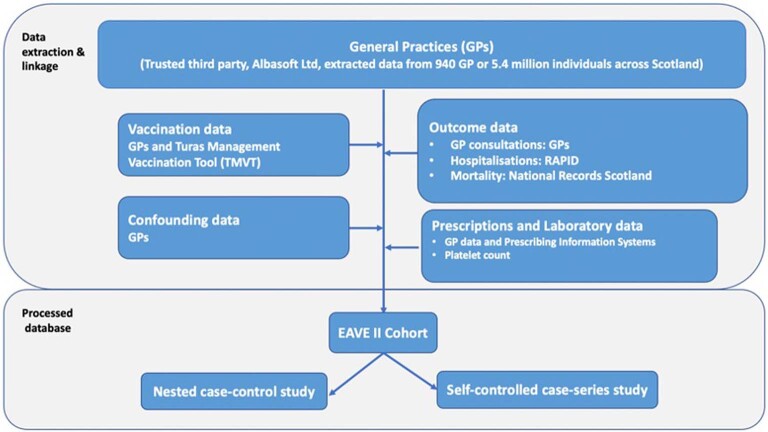Extended Data Fig. 4. Data linkage diagram.
Note: Community Health Index (CHI) numbers were used to link all datasets. Details on these datasets are available in our published protocol (Simpson CR, Robertson C, Vasileiou E, et al. Early Pandemic Evaluation and Enhanced Surveillance of COVID-19 (EAVE II): protocol for an observational study using linked Scottish national data. BMJ Open 2020;10:e039097. doi: 10.1136/bmjopen-2020-039097) There are two core methods of recording vaccine delivery, the national Turas Management Vaccination Tool (TMVT) system and local GP IT systems. TMVT was developed as a web application by National Education Scotland (NES). It is in general the preferred method of recording a vaccination where this is done outside the normal vaccine locations, predominantly dedicated vaccination centres and community programmes. Most vaccinations delivered in general practice settings are recorded in local IT systems; there are a few geographical areas that have however mandated the use of TMVT in every setting, including GP practices. Currently GP’s are paid per 100 vaccines administered so they are highly motivated to record information accurately. If this is not recorded to a minimum standard, they will not receive payment. All vaccines administered through vaccination centres and community programmes are accounted for on a daily basis. All vaccines recorded via TMVT are transferred to the national clinical datastore (NCDS) then to Albasoft on a daily basis. At 9 pm each night, these are loaded into a secure database and each practice “polls” the data store as part of the ESCRO data pump run between 12:00am and 5:00am each day to request the records for their specific practice. These are then loaded into a local queue at the practice for processing later in the day. As part of the same data pump run, the local GP IT system is queried and all vaccination records for the previous day are extracted (with a 10 day overlap to catch any retrospective recording) These records are then transferred back to Albasoft and collated into a single data source which is returned to the National Clinical Data Store (NCDS) at 8am each morning. As a result, all vaccinations recorded either by TMVT or GP IT systems pass through Albasoft in a 24-hour cycle. As part of the agreement to provide these data for EAVE II, vaccination records from both the TMVT and GP IT systems are transferred each day following the National Clinical Data Store processing to the EAVE II secure datastore in Public Health Scotland (PHS). This ensures that the EAVE II data are as up to date as possible. It is therefore extremely unlikely that any vaccinations will have been missed. Prescriptions: Glycoprotein IIb/IIIa inhibitors (tirofiban, abciximab, and eptifibatide), heparin, cephalosporins, linezolid, penicillins, sulphonamides, trimethoprim, vancomycin, quinine, ethambutol, rifampicin, carbamazepine, phenytoin, sodium valproate, ibuprofen, naproxen,, amiodarone, furosemide, quinidine, thiazides,, haloperidol, paracetamol, irinotecan, mirtazapine, oxaliplatin, salmeterol, tacrolimus and ciprofloxacin (prescription inducing thrombocytopenia); oral corticosteroids, intravenous immunoglobulin, azathioprine, ciclosporin, cyclophosphamide, danazol, dapsone, mycophenolate, rituximab, vinca alkaloids, eltrombopag, romiplostim (ITS related prescribing).

